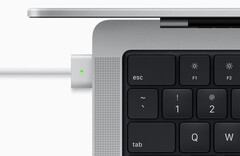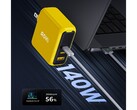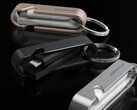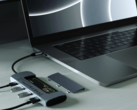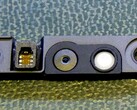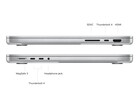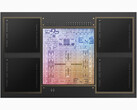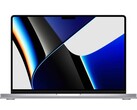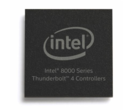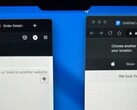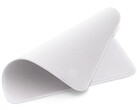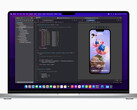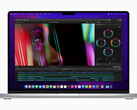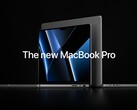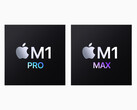The new Apple MacBook Pro 14 and MacBook Pro 16 can be charged via Thunderbolt 4 USB-C ports as well as the now-resurrected MagSafe 3 connector. However, there's a caveat when it comes to fast charging on the MacBook Pro 16.
The 14-inch MacBook Pro uses a 70 Wh battery and comes bundled with 67 W (for 8-core M1 Pro) or 96 W USB-C chargers (10-core M1 Pro and M1 Max). Only the 96 W charger supports fast charging. Those who desire the 96 W charger to fast charge their 8-core M1 Pro-powered 14-inch MacBook Pros need to cough up an additional US$20.
The 16-inch MacBook Pro, on the other hand, features a 100 Wh battery and bundles a 140 W USB-C power adapter that can be used for both USB-C as well as MagSafe 3 charging. This is Apple's most powerful USB charger yet, which was made possible thanks to an updated USB-C specification.
For those not in the know, the USB Implementers Forum (USB-IF) has updated the USB-C spec to version 2.1 that now allows for a 48 V 5 A i.e. a 240 W Extended Power Range (EPR). Currently, USB-C allows only up to a maximum of 100 W power delivery.
This makes Apple the first company to release a device that supports the new USB-C EPR power delivery. Benson Leung, a Google engineer who has worked on USB-C, commented on a Reddit post,
I expect that it is a USB PD 3.1 EPR charger (the world's first), using the first new voltage level, 28V at 5A. Apple was instrumental at proposing the 28V, 36V, and 48V new voltages levels to USB's working groups, so it would make sense that they were planning on releasing the first implementation. There are yet to be a C-to-C cable rated at EPR levels though. Apple's using some proprietary cable to MagSafe."
How could Apple release a device that supports the new USB-C spec within just a few months of standardization? Leung explains,
...Easy. Both Google and Apple contributed to the specs before the spec was released, so we both had prerelease versions we could start building hardware and firmware early. Fast forward to today, I'm not surprised it's been only 5 month since the USB PD 3.1 spec and USB Type-C 2.1 were released. It's been an inside job, the whole time."
Now the catch here is that since there are no USB-C to USB-C cables currently available that support 240 W EPR, the 16-inch MacBook Pro has to rely on Apple's proprietary USB-C to MagSafe 3 cable to support full 140 W charging. This includes the "50% charge in 30 minutes" fast charging feature as well.
That being said, once USB-C to USB-C EPR cables become more widely available, users will be able to directly hook up to the MacBook Pro 16's 140 W charger via USB-C alone instead of having to rely on MagSafe 3.




